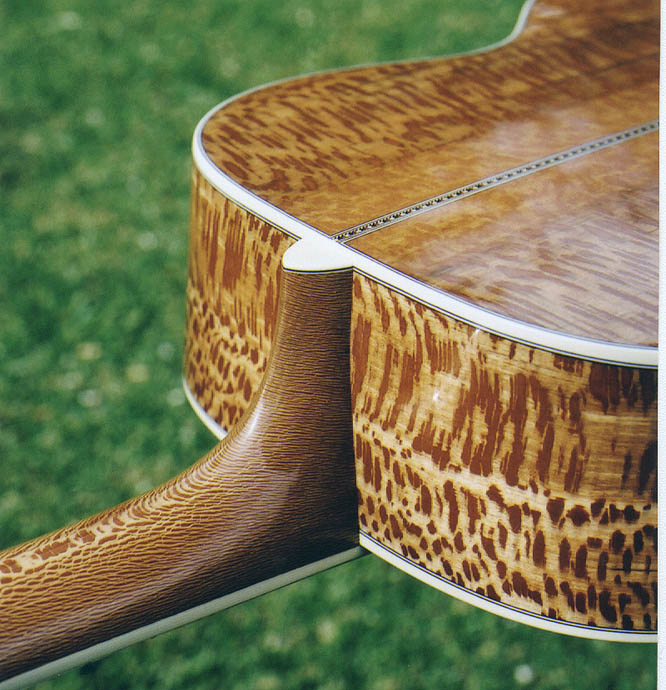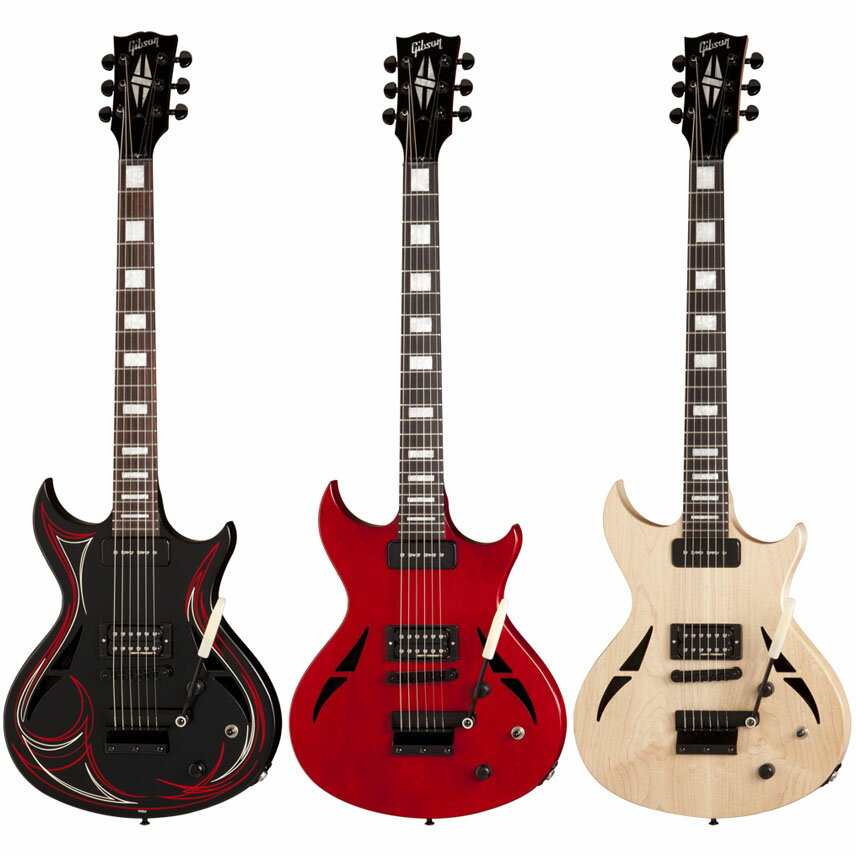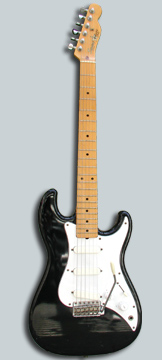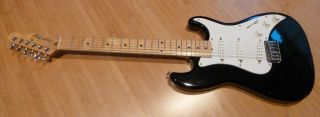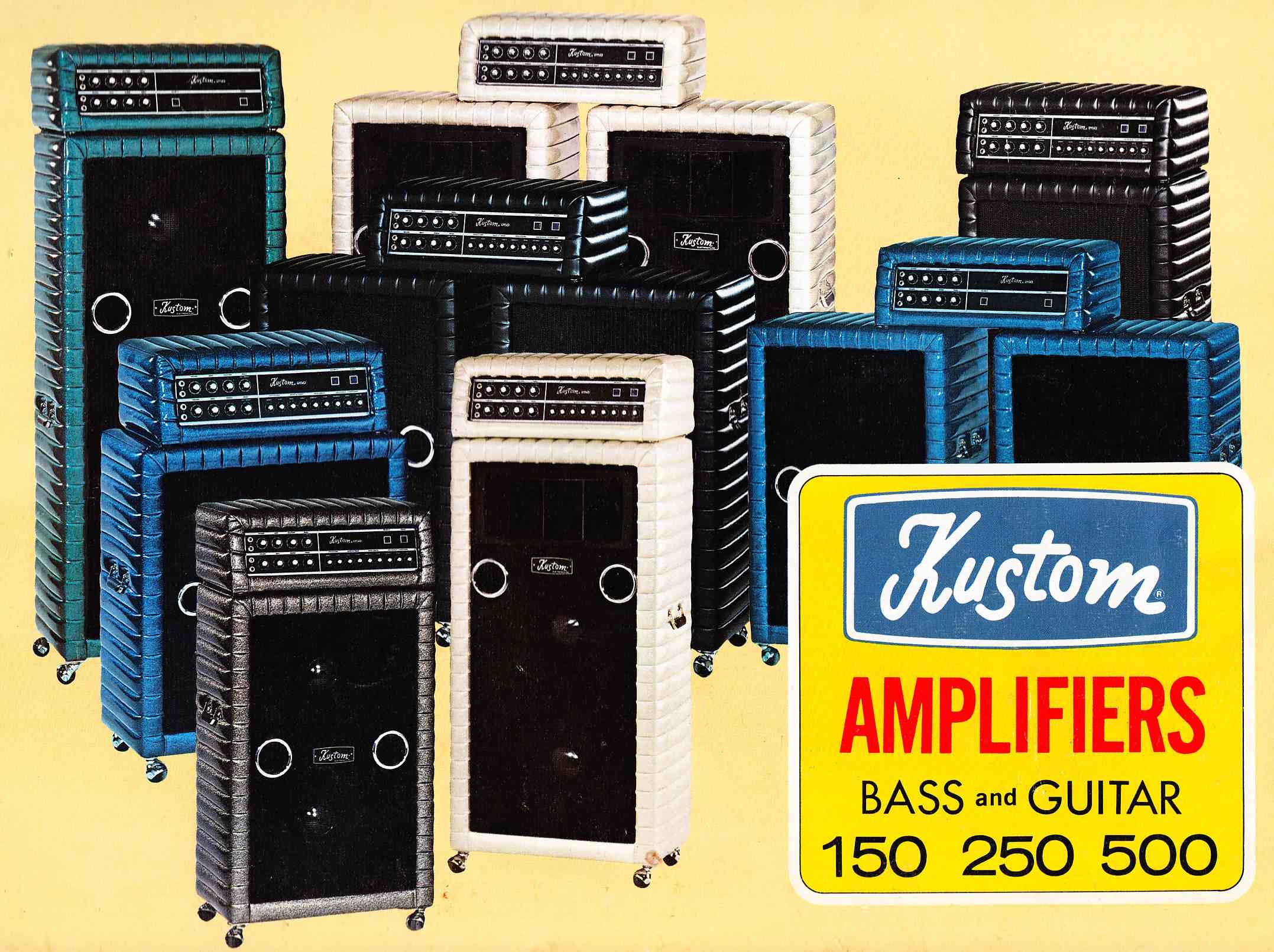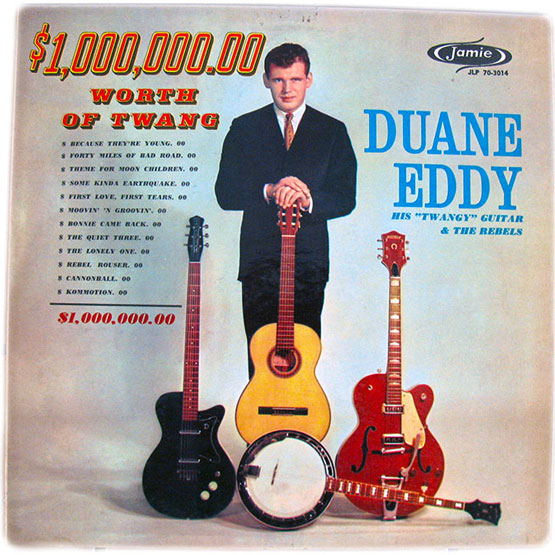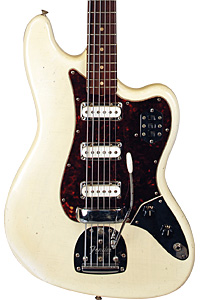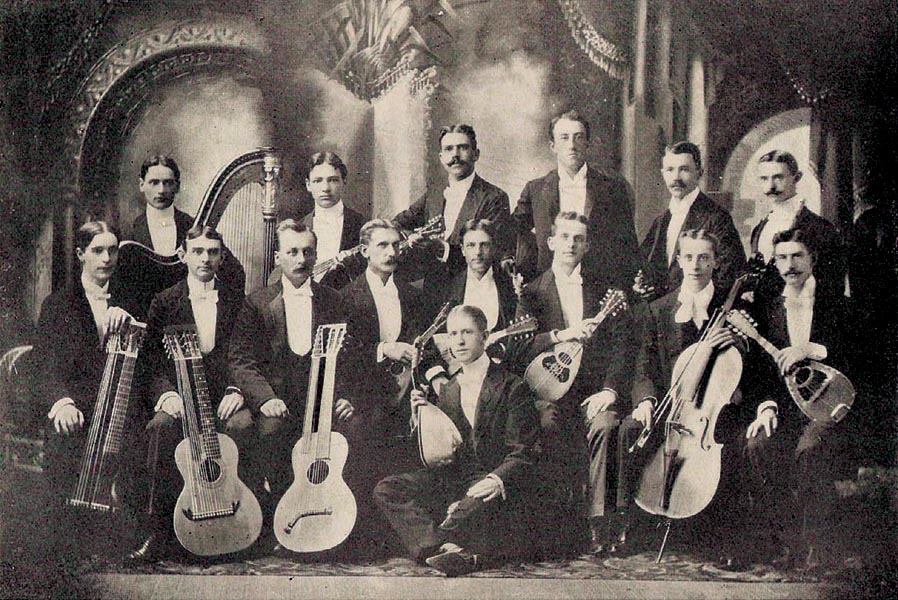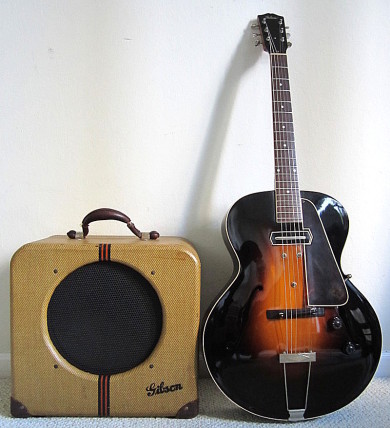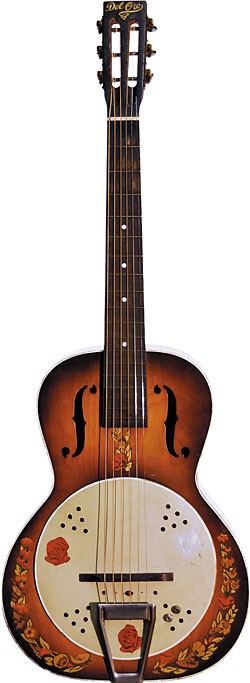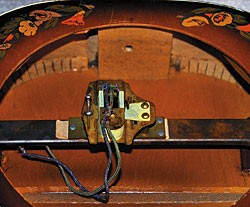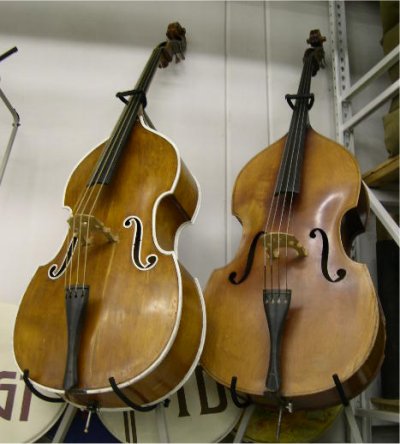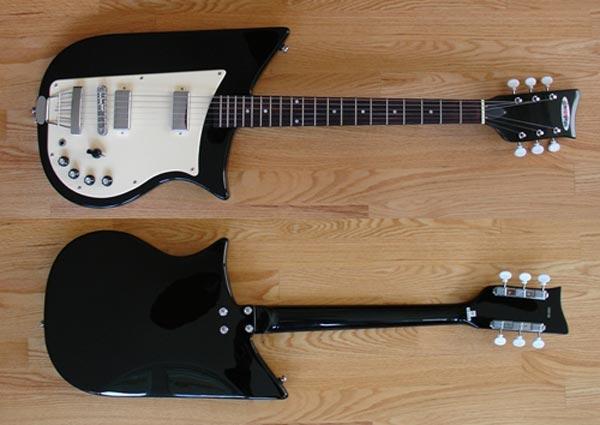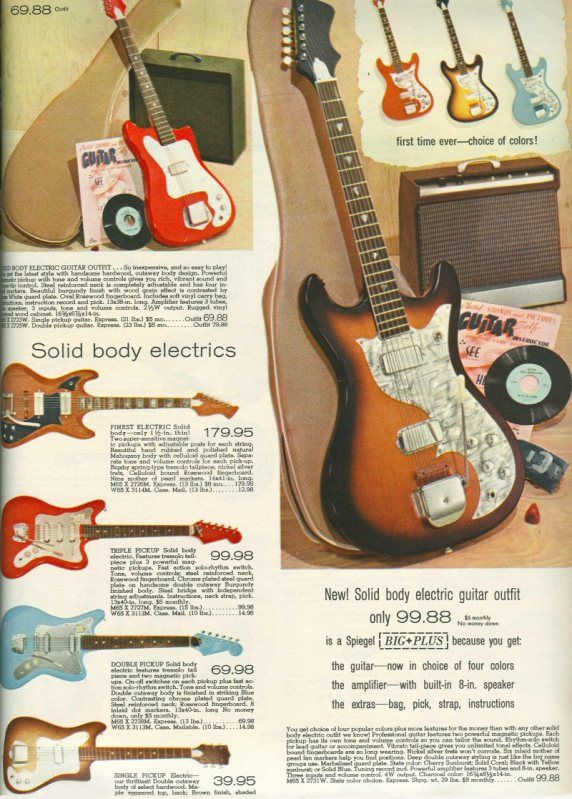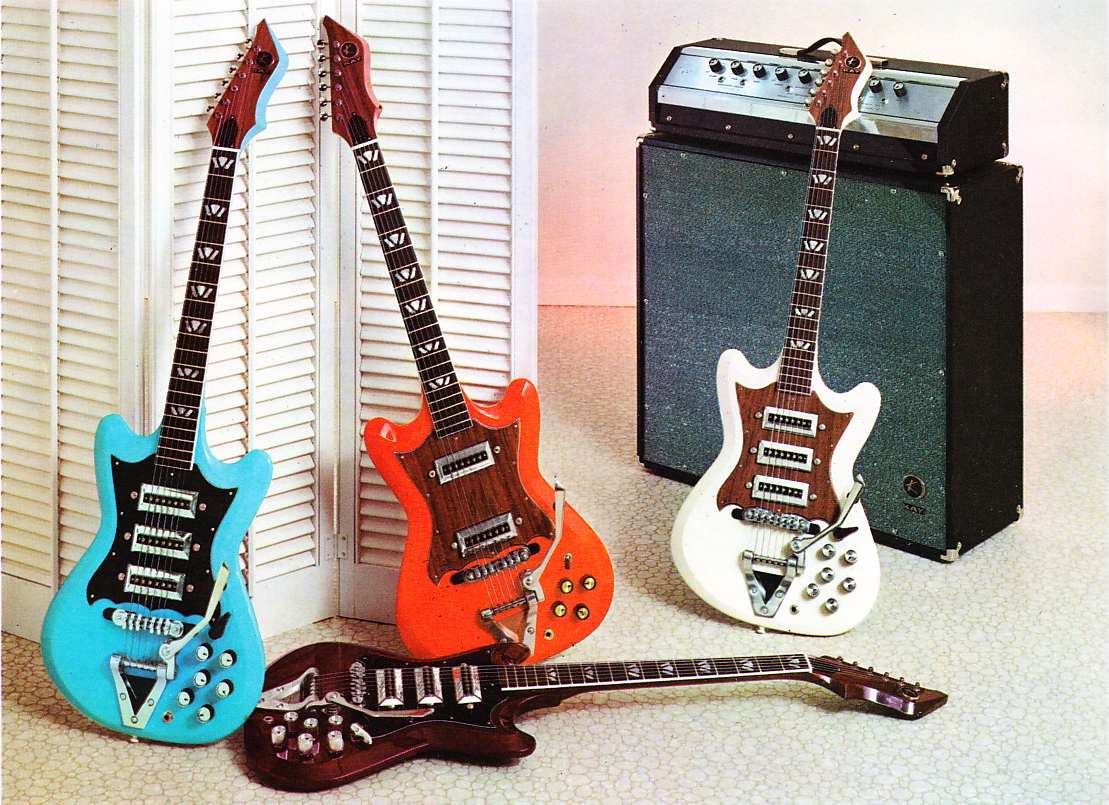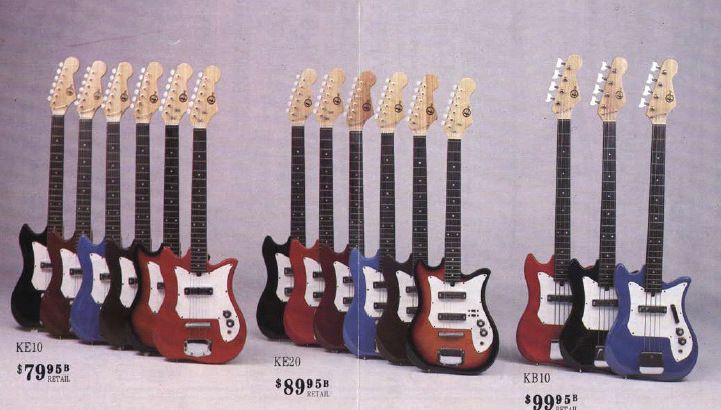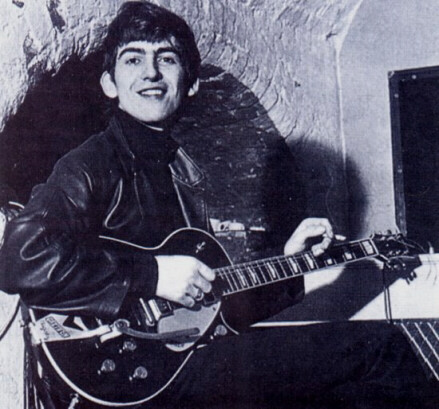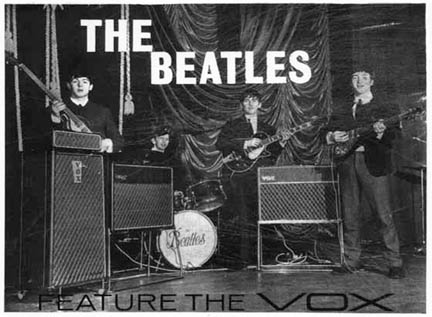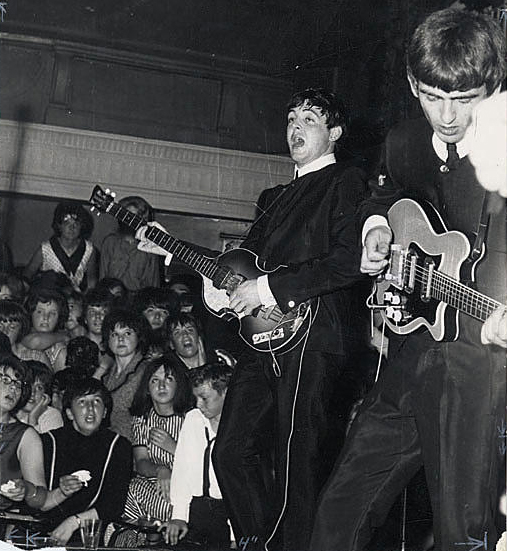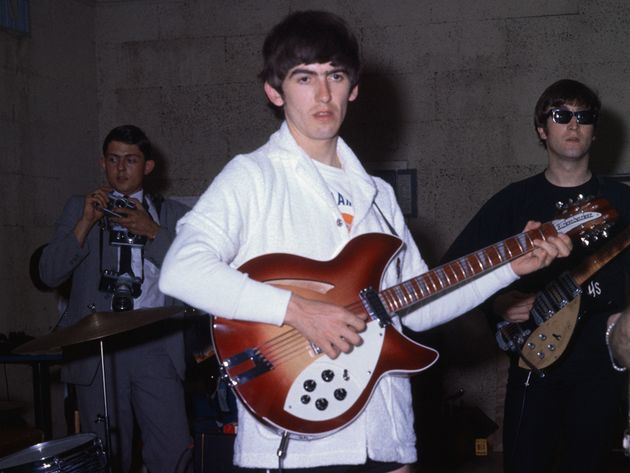On February 9th, 1964 the Beatles appeared on the Ed Sullivan Show, and changed the world of guitars forever. Each member played a distinctively different instrument.
Many Americans were familiar with Gibson and Fender guitars. Some may have even been aware of Epiphone guitars. Rickenbacker may have been known to residents of California, but was not a popular instrument throughout most of the United States. Höfner was a complete unknown, until that night.
That is when both guitars, and the Beatles caught the attention of millions of guitars players, and want-to-be players throughout the United States.
It was just sixteen and a half years later, on Monday, December 8th of 1980 that John Lennon was brutally murdered. John was perhaps was the most intellectual, and most complicated member of The Beatles.
When they first became successful, the Beatles manager played down the fact that John was married and had a son.
Based on an interview with his son Julian, John was neither a good husband, nor father.Some of his songs, such as “Run for Your Life” and "Getting Better" express his angry nature during his younger days. Lennon published a couple of book that featured brief silly stories, poems, and his doodles.
In today’s politically correct world, I doubt those books would make it past an editor. However, John was a prolific songwriter, and a decent guitar player.
His early days marked his association with the Rickenbacker model 325. If you have never played one, you might find his choice odd, since this is a 3/4 short scale guitar. It was designed by Roger Rossmeisl as part of the Rickenbacker Capri series.
Lennon’s original 1958 model was one of the first made and had a pre-production solid top. Although it appears to be a solid body guitar, it was actually hollow. John purchased this guitar during his Hamburg days. The guitar originally had a naturally finished body, three Rickenbacker toaster pickups, and a Rickenbacker/Kauffman vibrato tailpiece.
The guitar also had a single gold Lucite pickguard that housed the instruments two “stove top” volume, and two tone controls, along with a pickup selector switch.
Rickenbacker owner Francis C. Hall stated that four 325’s were shipped to Hamburg. Walter Höfner purchased one at a trade show in 1959. The other three were shipped to the Framus Werke in West Germany (which became Framus Guitars and is now makes Warwick basses).
The serial number on Lennon's Capri model is V81. The serial number on the first Capri 325 was V80. He owned the second Capri 325.The later 325’s had one “F” hole, but since Lennon’s guitar and possibly 9 others did not have an F hole, they were considered prototypes.
There is some debate as to where John purchased the guitar. It was either the Steinway Musikhaus or Musikhaus Rotthoff in Hamburg.
John did not like the “stove top” style knobs, and replaced them several times. He eventually settled on Burns knobs.
John never liked the Kauffman vibrato that came with the guitar. When he returned to Liverpool he went to Hessy’s Music store and purchased a Bigbsy unit. The salesman, Jim Getty installed the vibrato.
It is also reported that John wanted his guitar to be black to match George Harrison’s Gretsch Country Gentleman guitar.
In 1963 he took his guitar to Jim Burns guitar shop to be refinished and undergo some repairs.It is also rumored that John had the middle pickup disconnected since he did not like the clicking sound of his pick against that pickup. It seems that John did this modification himself.
In 1972 Lennon took his 1958 Rickenbacker 325 to New York City guitar repairman Ron DeMarino. John wanted the guitar completely overhauled and restored to it’s original natural honey finish. The pickguard was in bad shape, so DeMarino fashioned a new one. Ironically, this was Lennon's first guitar, and he used it on his final album, Double Fantasy, on the song Walking on Thin Ice.
This guitar is owned by Lennon’s wife Yoko, and was loaned to the John Lennon Museum in Japan.
After the Beatles became famous, Lennon acquired three other Rickenbacker 325 models. He owned a 1964 model with the serial number DB122 that he nicknamed “Miami”. This was the guitar that he used in the movie “Help”.
John also owned a 12-string 325 model, that he seldom used.
When John’s second 325 suffered some headstock damage, John purchased a Rose Morris model 1966 that had a Fireglo finish and the standard “F” hole. John seldom used this guitar, and eventually he gave it to Ringo. Ringo auctioned it off in December of 2015. It sold for $800.000.
Sometime in 1962, George Harrison and John Lennon each purchased a J-160E at at Rushworth’s Music Store in Whitechapel,
Liverpool. Since John and George did not have enough money to afford his guitar, he asked Brian Epstein,the Beatles manager, to co-sign for the purchase. In the end Epstein paid for both John and George's guitars.
While the Gibson J-160 had tradition "X" bracing, the J-160E was ladder braced. Gibson may have done this since they considered this to be more of an electric guitar, than an acoustic guitar.
These guitars were often used early in The Beatles career both on stage, in the studio and in the Beatles movies.
In 1967, Lennon decided to have an artist paint his J-160E with a psychedelic scene.
Then in 1969 for whatever reason, he decided to strip the paint on the guitar and give it a natural finish.
In late 1964 Paul McCartney was the first Beatle to acquire an Epiphone Casino after seeing his friend John Mayall play one. The Epiphone Casino ES-230TD has an early-style Gibson-design headstock rather than Epiphone’s later hourglass-shaped headstock.
Photographs taken in December of ’64, during rehearsals for the Beatles’ Christmas performances at London’s Hammersmith Odeon, show Paul playing a new Epiphone Casino still strung right-handed. McCartney’s sunburst Casino has serial number 84075, and according to Gibson’s records shipped November 1, 1962.
McCartney altered it for playing left-handed, turning the guitar upside down, re-stringing it, and modifying the bridge for correct intonation. A strap button was added to now-inverted upper treble bout.
McCartney used his Casino extensively in the studio with The Beatles, including the memorable lead-guitar break on “Ticket To Ride.” He also used it throughout his solo career, and still owns the guitar.
In the spring of ’66, John Lennon and George Harrison decided to purchase sunburst Epiphone Casinos. Both used these instruments while recording the Revolver album.
Harrison’s had a Bigsby vibrato, while Lennon’s had a trapeze tailpiece. Both guitars had the Epiphone “hour glass” style headstock, and gold-coloured volume and tone knobs.
Lennon and Harrison used the Casinos on their 1966 tour as their main instruments. The first recording that all three Beatles used the Epiphone Casinos on was Sgt Pepper’s Lonely Hearts Club Band.
Lennon spray painted a white/grey outline on the back of his guitars body and neck.
During 1968 The Beatles headed to India to study transcendental meditation. One of their friends that made the trip was Donovan Leitch, who had a few hit recordings, including Mellow Yellow, which featured some of the Beatles singing and making noise in the background. Donovan convinced George and John that a guitar sounds much better if the heavy finish is stripped away.
It was during recording sessions for the White Album, that both Lennon and Harrison sanded the finish off of the bodies of their Casinos leaving just the natural blonde wood.
On January 30, 1969, filming climaxed with The Beatles’ very last performance as a group on the rooftop of their Apple Corps office building, in London. The last time Lennon used his 1966 Casino with The Beatles was during the recording session of The End, on the Abbey Road album.
The Epiphone Casino was built by Gibson Guitars after they had purchased the Epiphone company. It was essentially the same guitar as the Gibson ES-330 hollow body thinline and featured a double cutaway body, two “dog-ear” P-90 pickups, single ply binding on the back, top, and fingerboard.
Early 330 models had dot inlays and black plastic pickup covers, while the Casinos had block inlays, and chrome metal pickup covers. A trapeze tailpiece was standard.
The cost in 1963 was $290.00 USD, which was $15.00 less than the comparable Gibson ES-330 model.
Though the Epiphone Casino came with a white pickguard, both Harrison and Lennon removed the pickguards. We also know that Lennon also changed the standard Kluson tuners to gold plated Grover tuners.
A scene in The Beatle's second movie Help! shows Lennon playing
a twelve-string Framus Hootenanny acoustic on the song
Hide Your Love Away. He also used this same instrument on Rubber Soul recordings and on "Polythene Pam" from the Abbey Road album.
The Framus 12 string was made in Bavaria, and featured a solid spruce top, with laminated back and sides. The guitars back was arched to give it added strength, since there was no bracing on the back. The neck was bolted on to the instruments body an by a chrome plate and four long screws. The guitar had a belly bridge with the strings going over it and attaching to a trapeze tailpiece. The neck had a black plastic cover for the truss rod adjustment.
The body had a large unusual black pickguard. It was not an expensive guitar.
Perhaps Lennon's most interesting guitar was his modified Les Paul Jr. He purchased a stock single pickup sunburst Les Paul Jr. sometime in the early 1970's. The pickup was in the bridge position.
Once again he took the guitar to his favorite New York City luthier, Ron DeMarino who had restored his 1958 Rickenbacker 325. John asked him to install a
"humberdinker" pickup on it, explaining that he was not a lead player, but a
"rhythmer".
DeMarino left the P-90 pickup in place, and routed out a cavity for a neck pickup. But instead of installing a humbucker, he found a Gibson Charlie Christian pickup, which he though provided a much clearer sound.
Yoko and John spent a week as guest hosts of the Mike Douglas television talk show, and John used this modified guitar during those episodes.
Shortly after the TV show, Lennon sanded off the sunburst finish to expose the bare mahogany wood. He then took the guitar back to DeMarino to have a new bridge/saddle installed.
He did not like the original wrap-around bridge. DeMarino installed a tune-o-matic bridge with a stop tailpiece and plugged up the holes left by the original bridge.
On August 30, 1972 Lennon used this guitar in a concert at the Madison Square Gardens; his first performance in many years. After the concert, Lennon decided to finish this guitar with a cherry stain. This guitar is on display at the John Lennon Museum in Japan.
In July of 2007, Gibson offered a limited run of 300 John Lennon Les Paul Jr. guitars. These guitars were distressed to resemble John's instrument, which included cigarette burns, and wear to the chrome parts.
Prior to going to Hamburg, the first electric guitar that John purchased was a Höfner Club 40 126/B, from Hessy's Music Shop in Liverpool. He had possibly owned another Höfner guitar, a 1950's Senator. This was an archtop acoustic model, but the Club 40 was his first electric. He gave this guitar to Mel Evans, who was The Beatles roadie and friend.
This model had a blonde natural finished body. The back of the neck was painted black, and had an ebony fretboard, and featured a zero fret. The headstock was also black, with plastic buttons on the tuning pegs.
The guitar had one single coil pickup in the neck position. The strings went over an archtop guitar bridge with rollers on either side to adjust the height. The guitar had one volume knob mounted on a rectangular control panel that had three switches that controlled the guitars tone.
George Harrison owned a similar Club 40 guitar, but his had a round control plate with one volume and one tone control.
In 1964 Lennon purchase a Ramirez classical guitar that was similar to the 1950 Ramirez George Harrison used on And I Lover Her, and Till There Was You.
John played a number of Fender Stratocasters. We know for certain that he owned a 1961 Sonic Blue Stratocaster which he played from 1965 to 1968.
There are some pictures from 1965 of John playing a black Fender Stratocaster with a headstock that was also painted black. As this was not a normal Fender guitar of the day, it is believed that it was imported by Ivor Arbiter to the U,K. where it was repainted.
In 1980 John purchased a candy apple red Fender Stratocaster, The Strat model, that had 22 carat electroplated gold on the all brass hardware. J
ohn owned a 1963 black Fender Telecaster that had a maple neck and a humbucking pickup in the bridge position. John might have replaced the neck pickup. on this guitar.
He was given a 1966 Phantom VI Vox Organ Guitar prototype by the company in hopes that he would endorse their instrument. This guitar was given to road manager Mel Evans.
Ovation guitars were very popular during the 1970's. John owned an Ovation 1651-7 Legend acoustic guitar that he used on a few recording sessions.
He had also owned
a Martin D-28 that he purchased in 1967 when The Beatles went to India to learn Transcendental Meditation. McCartney owned a similar Martin instrument that he also purchased to take on the trip.
Guild Guitars then president, Mark Dronge, presented John with a 1966 Guild Starfire 12 string electric guitar. It is doubtful that he used this guitar. Yoko gave it to her ex-husband. As you can see George was not happy.
In 1965 Lennon purchased an orange Gretsch Nashville model 6120 with double cutaways. Perhaps he thought it was similar to George's guitars. He used this guitar on the song, Paperback Writer. After that he never used it again. Two years later he gave it to his cousin, David Birch, who later auctioned it off.
Without a doubt, one of the more unusual guitars that Lennon ever played was a handmade Vox Kingston prototype. It was the only prototype that Vox created of this model and was made by Mike Bennett. Vox never offered it for sale. It was built for their NAMM trade show.
This guitar had an unusual carved double cutaway mahogany top adorned with two "F" holes. The cutaway sections were carved so the went downward. The guitar had two single coil pickups that were mounted on dark mahogany bases.
The adjustable bridge and tailpiece were each mounted on matching mahogany sections. The top was adorned with a large dark mahogany pickguard. The original trade show model had one volume and one tone knob, and a 3-way blade pickup selector switch.
Prior to being given to The Beatles, two other knobs were added. We can assume one was a master volume control, as it was placed just below the neck pickup. The guitar also had six push buttons to control special effects. Lennon used this guitar on a rehearsal for Magical Mystery Tour, when he did the song, I Am The Walrus. The Beatles gave the guitar to their friend, Magic Alex Mardas, who was an electrical engineer that worked with The Beatles.
John owned a few other guitars that he seldom played, including a Fender Bass VI, a Yamaha acoustic, a National Tri-cone resonator guitar, and a Höfner lap steel that he used on Blues For You.
The absolute weirdest guitar that John played was built by Jeff Levin, with custom electronic by Ken Schaffer. This was a Sardonyx 800 D-II guitar, with a rectangular body, and two metal bars attached to opposite sides of the guitar. Both men worked at Matt Uminov's guitar shop in New York City. Ken believes that Lennon actually purchased the instrument. Lennon's apartment was within walking distance from the store and Lennon was a regular customer.
This guitars body bore a slight resemblance to a Steinberger guitar/bass. It had twin Bill Lawrence blade humbucking pickups, an adjustable tune-o-matic style bridge and stop tail piece. The master volume was located on the instruments side, as was the pickup selector switch.
At the base of the guitar, below the tailpiece were four black knobs, ostensibly for volume and tone for each pickup. Then four switches were below the knobs.
Two switches were for phase reversal, while the other two were for series/parallel pickup arrangement. Below the switches were two more red knobs. These controlled the stereo output. The guitar could be played in monaural or stereo modes.
The neck had an ebony fretboard with dot position markers on its upper side, and a pointed headstock with six-on-a-side Schaller tuners. All the hardware was made by Schaller. Only 15 or 20 of these guitars were ever built. Lennon used this guitar on his Double Fantasy album.
John left us way too early. Despite his youthful anger, his marriage to Yoko, the birth of a new son, and his move to New York City changed his attitude. He wrote new music that reflected his new life.
Woman reflected his changed view of the opposite sex.
Watching the Wheels was a song about the new inner peace he had found. And
Just Like Starting Over was about love and redemption.
Click on the links under the pictures for the sources. Click on the links in the text for more information.©UniqueGuitar Publications (text only)



































